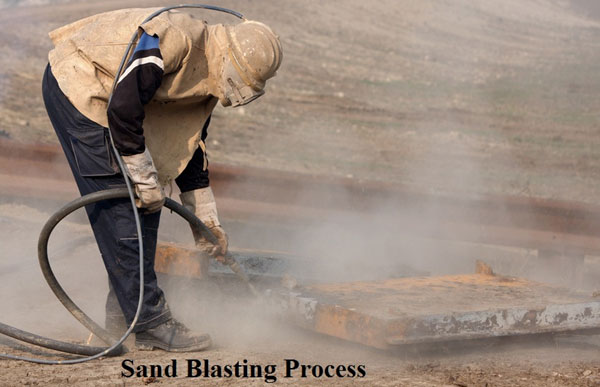Other Services
We are doing below services at low cost to our customer.
Sheet Metal Folding
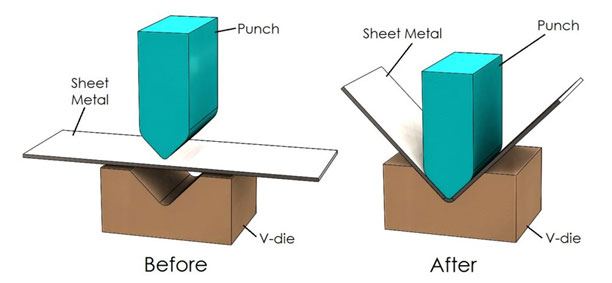
Metal folding or forming is simply the process of applying one or bends to a sheet of metal by securing the sheet at a certain point and applying enough pressure to fold the metal. The angle of the bend is usually determined by the shape of the top or bottom tool (usually a “V” shape) and also the pressure applied.
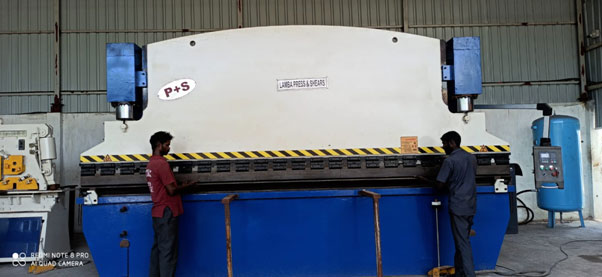
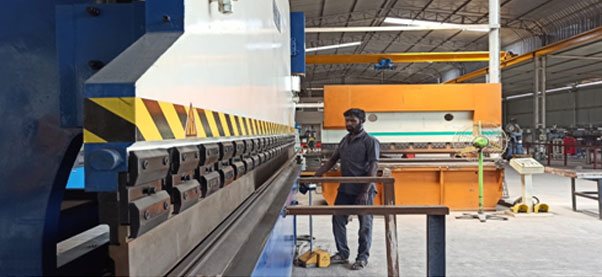
Plasma Arc Cutting
The plasma arc cutting process uses heated gas to cut through metal (30,000 degrees Fahrenheit).The process works by heating gas to temperatures that cause it to ionize or conduct electricity. The gas is pressurized and shot over a tungsten electrode. The plasma cutting machine adds electricity which forms a circuit with the metal to be cut. The process produces heat which turns the gas into plasma, which can cut metal. The process can be used to both cut and gouge metal. When gouging the process offers lower cost, lower fume and noise levels vs. carbon arc gouging.
There are many advantages to the plasma arc cutting process:
- Small risk of changing the shape of the metal (called distortion)
- Precise cutting
- Slag-free cuts when working with aluminium, stainless steel and carbon steel
- Works in all positions
- Fast process
- Works across many types of metals
Our Machine Specification:
- Plasma Cutting Thickness: 1mm to 12mm & SS 1mm to 12mm
- Oxy Fuel: MS12mm to 150mm
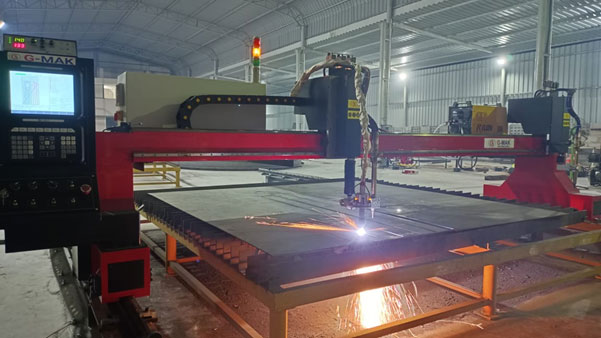
Sand Blasting & Painting Process
Sand blasting is also known as abrasive blasting, which is a generic term for the process of smoothing, shaping and cleaning a hard surface by forcing solid particles across that surface at high speeds; the effect is similar to that of using sandpaper, but provides a more even finish with no problems at corners or crannies. Sandblasting can occur naturally, usually as a result of particles blown by wind causing Aeolian erosion, or artificially, using compressed air.
After sandblasting, the resulting object is left smooth and clean of any human or factory residue. Sandblasting is the first step to the coating process, because it ensures an even surface for paint to cling to. Painting is usually applied right away after sandblasting to prevent rust or other residues from re-attaching themselves to the object.
